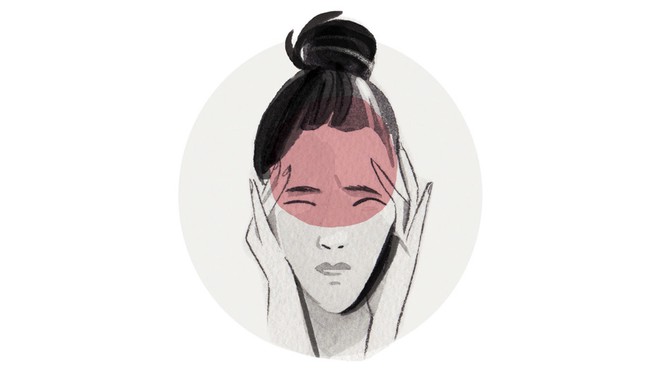The Best Ways to Treat 5 Types of Pain
Experts share a few solutions that might solve your migraines, back pain, knee pain and more.
By Hallie Levine
The Best Thing to Do for Migraine Pain
Nearly one in four women between the ages of 18 and 44 has experienced a migraine in the past three months, according to one study. Yet many women, not realizing what they're dealing with (a migraine often involves intense throbbing on only one side of the head), treat the pain like a really bad headache. You're more likely to feel relief if you use a targeted approach. Here's how to handle a skull buster:
Tuck your chin. Neck pain has been found to be a more common symptom of migraines than nausea, according to a 2010 study. "It's one reason why migraines go untreated by patients: They assume that the neck pain is just part of a general tension-type headache," says MaryAnn Mays, MD, a headache specialist at the Cleveland Clinic. When a migraine strikes, she recommends doing simple chin tucks—move your head toward your chest and hold the position for about ten seconds, release, then repeat.
Don't ignore allergies. "Almost half the migraine patients I see also have allergies," says Mays. "We suspect that allergies cause nerve inflammation and the release of chemicals like histamines that can trigger a migraine." Take your allergy meds, and if that doesn't work, consider shots: Research suggests that women ages 18 to 45 who get them will see a 52 percent reduction in migraine frequency compared with those who don't.
Try magnesium. This mineral supplement is recommended by the American Headache Society—and may be particularly helpful to those who experience aura or have migraines associated with their menstrual cycle, Mays says. One small study found that taking 600 milligrams per day reduced headache frequency by roughly 42 percent at the end of 12 weeks.
From the April 2016 issue of O, The Oprah Magazine


